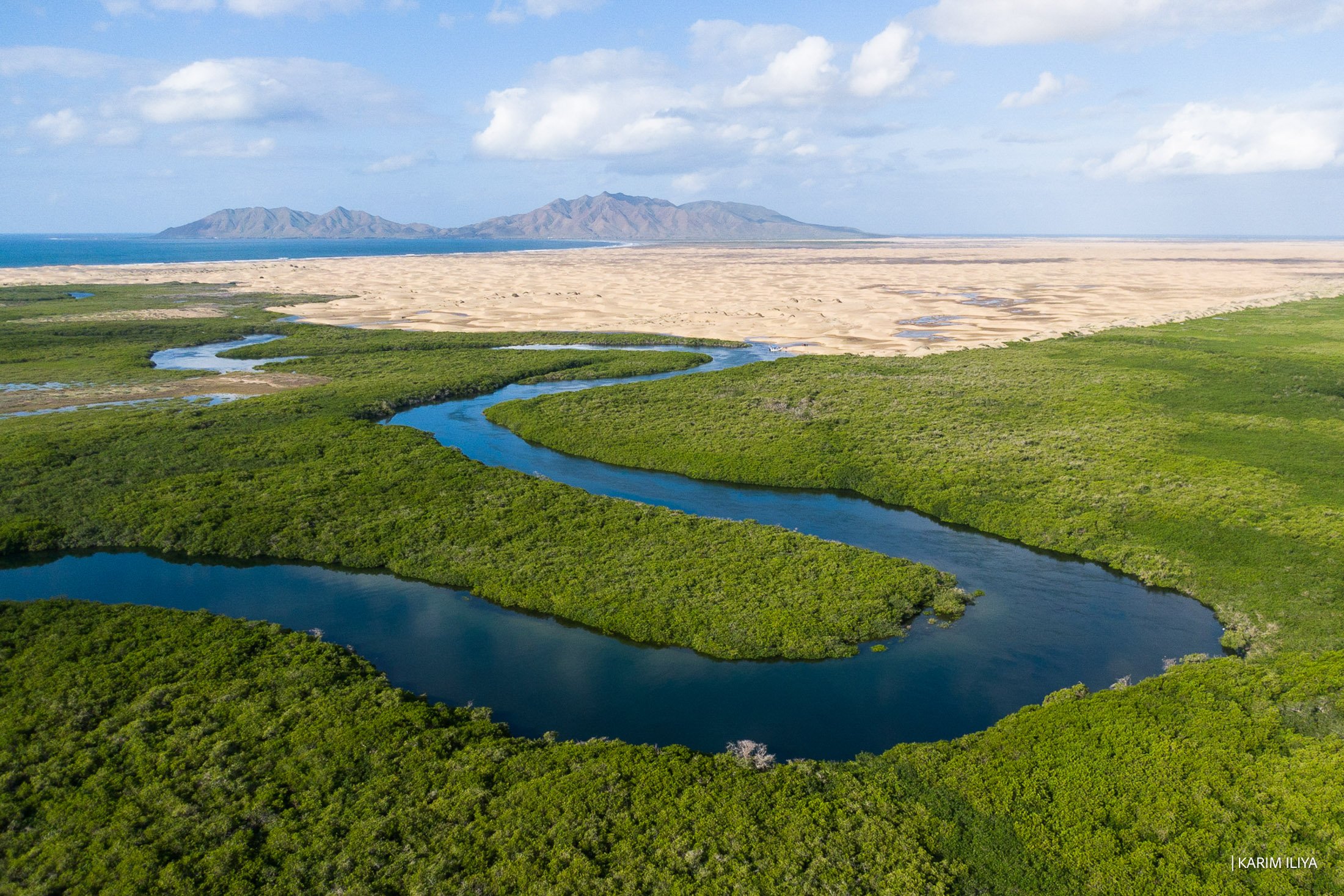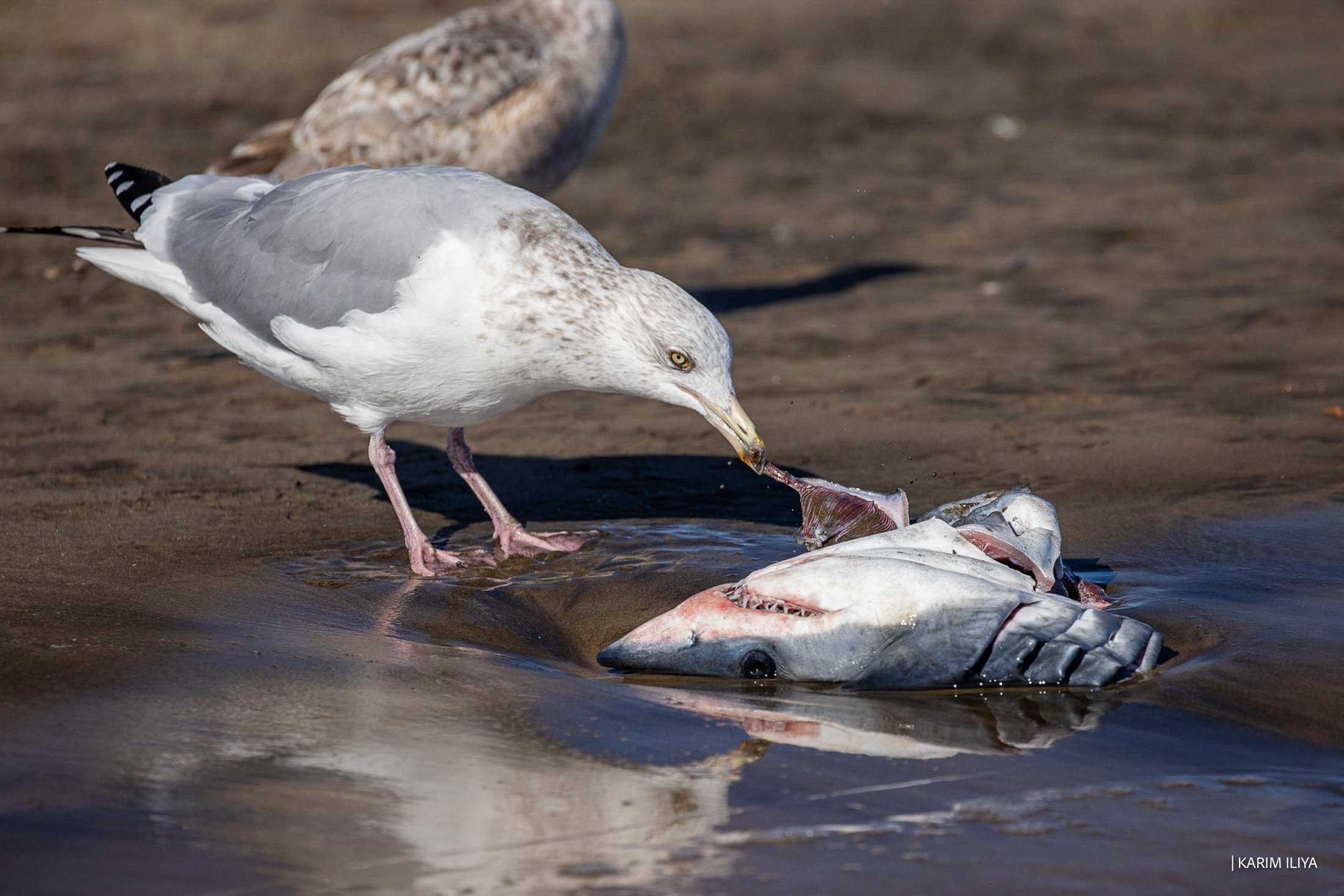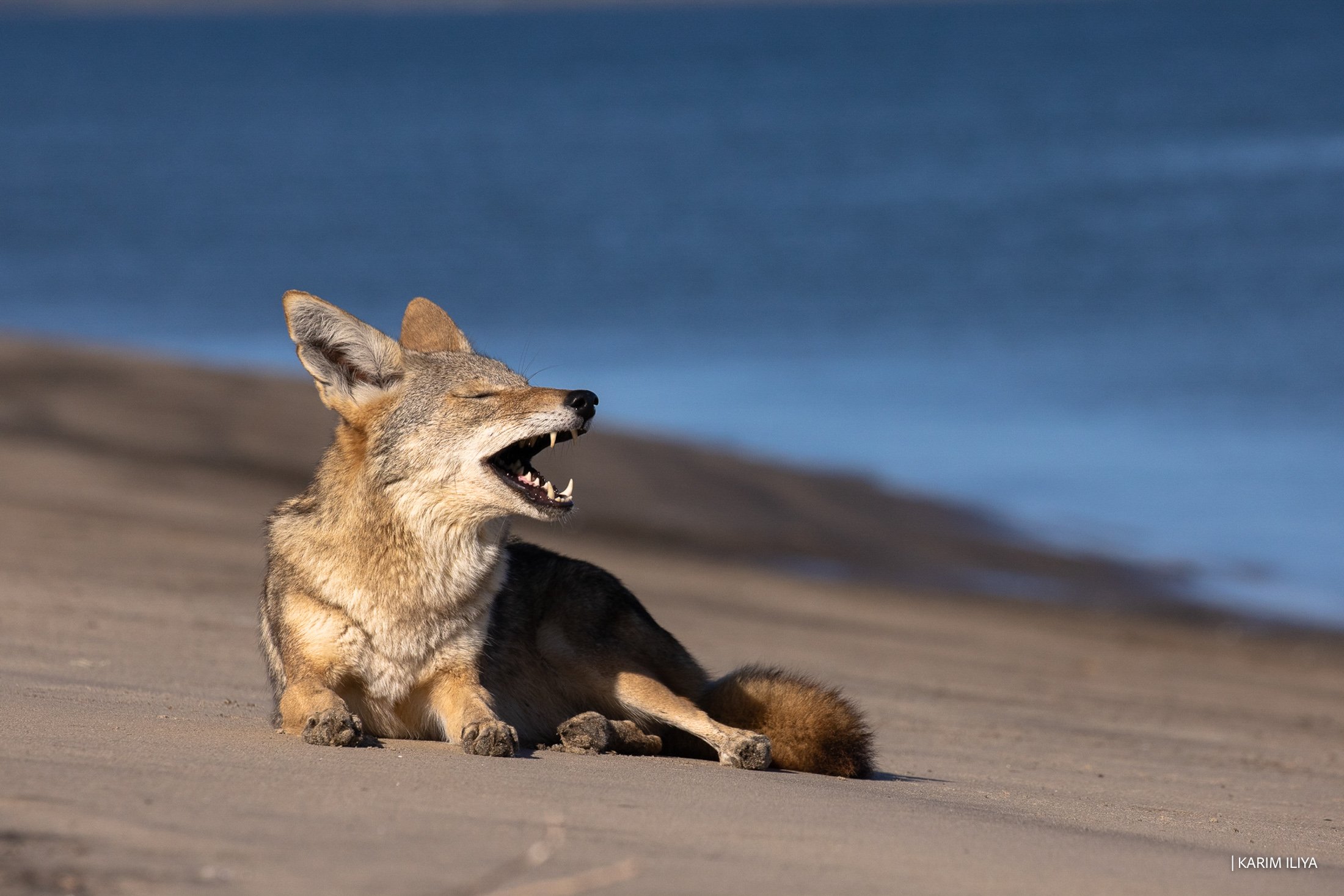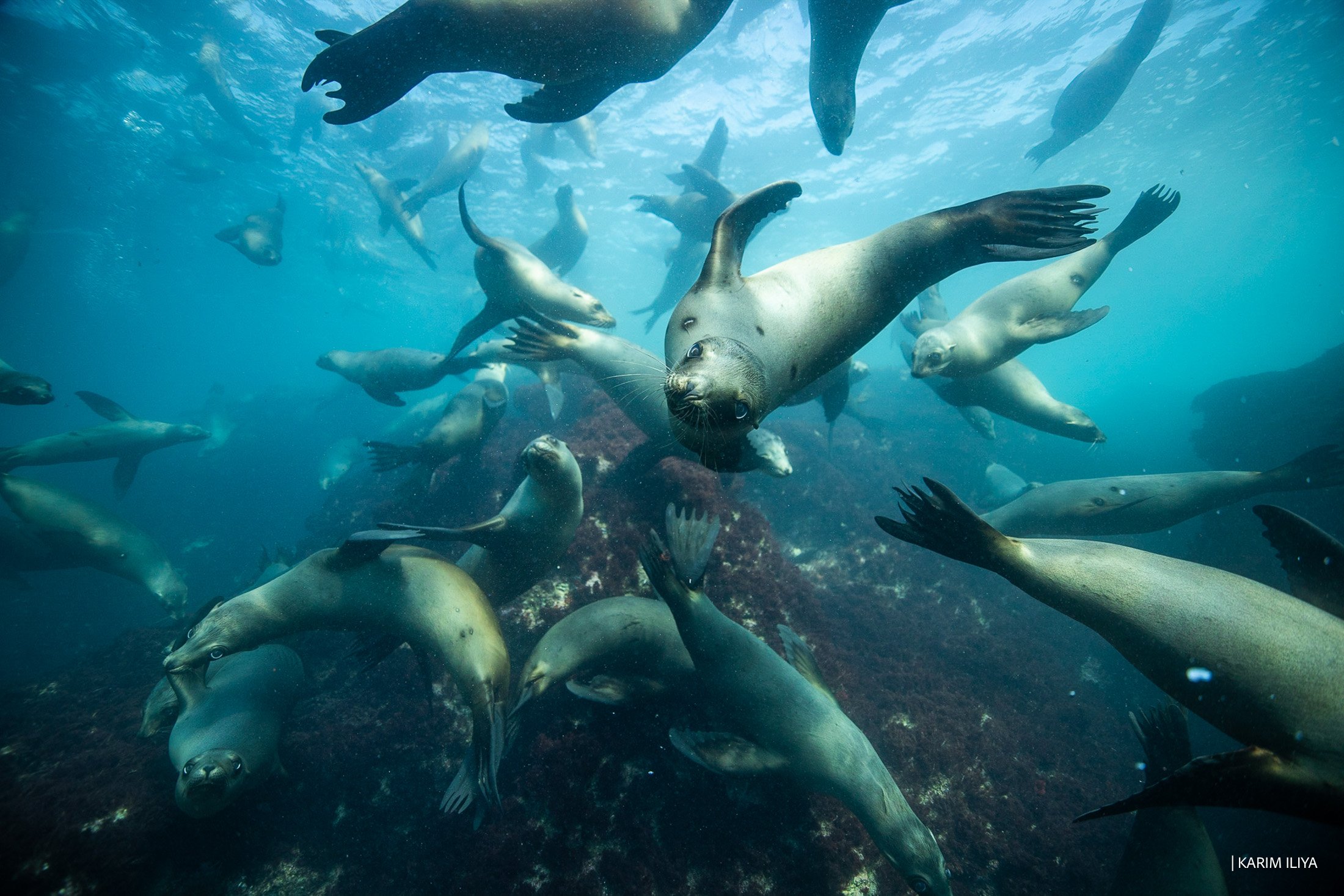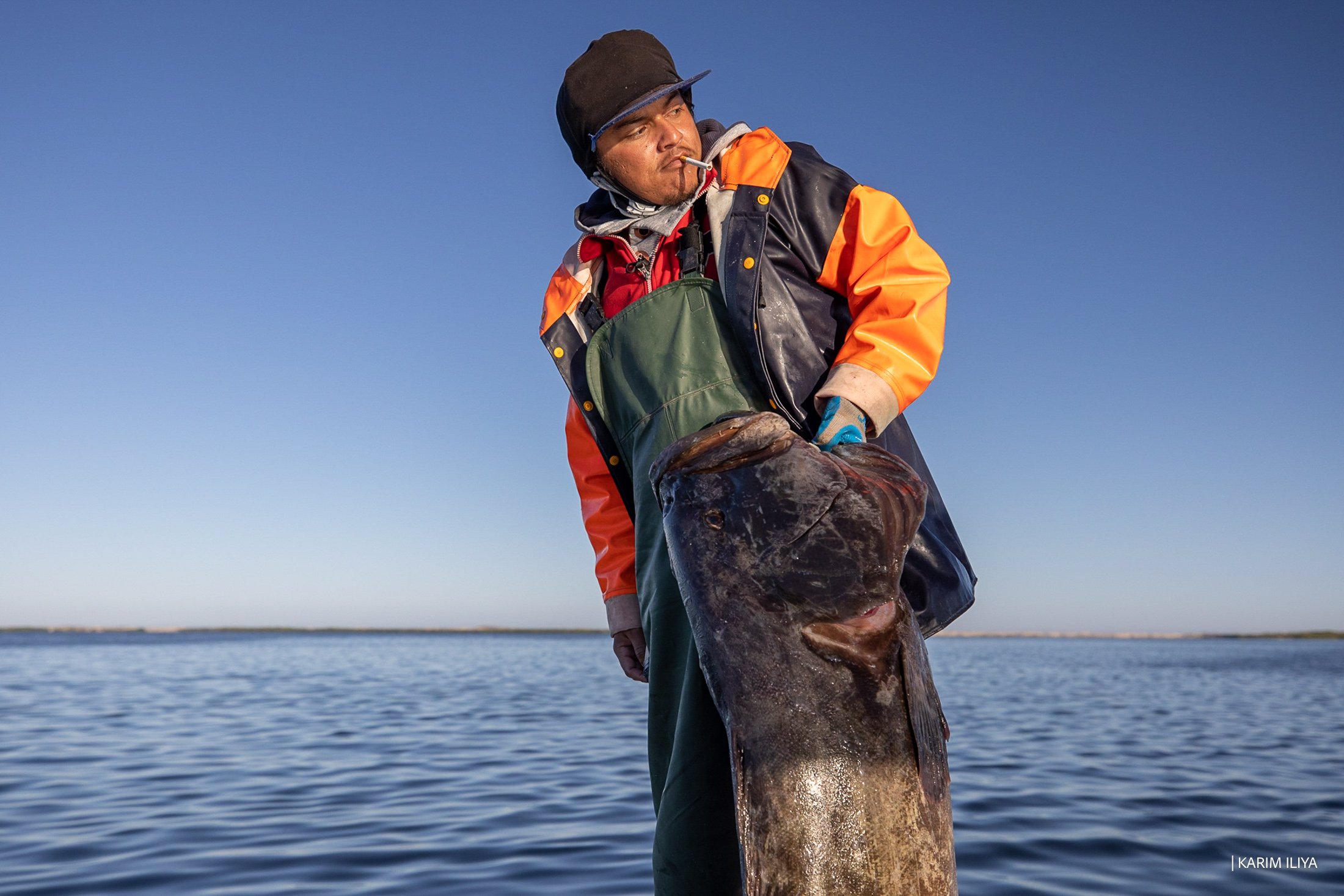Magdalena Bay
How Overfishing and Ecotourism Are Threatening The Crown Jewel of Baja
A delicate balance is near its tipping point
The Pacific Ocean and coastline around Magdalena Bay in Baja California Sur, Mexico, is a hotspot of harmonious biodiversity on land, in the air, and underwater. These interconnected ecosystems, which include mangroves, deserts, mountains, and oceans, are experiencing human pressures from many sides due to commercial fishing, ecotourism, sport fishing, and subsistence fishing occurring simultaneously in a very small region. This delicate balance is near the tipping point from too much pressure on any and all sides.
As Magdalena Bay becomes more popular the delicate balance is under threat. How local communities, fisheries, and tourism navigate the scenario will dictate the fate of Magdalena Bay. If managed well, this small region can continue to be a place of incredible biodiversity, abundant resources, and means of livelihood for many generations. If mismanaged, the whole system could collapse.
The Wildlife
Magdalena Bay is home to a wide assortment of wildlife both Above and below the surface ranging from predatory fish, bait fish, mammals, birds, sharks, costal coyotes, and much, much more.
The Ecosystem
The heartbeat of a healthy ecosystem is balance. In Magdalena Bay, the interconnected deserts, mountains, mangroves, ocean, and kelp beds are where this delicate balancing is currently at risk.
Looking back in time, the ecosystem in this area has had its challenges. In the 1800s, there was a Norwegian whaling settlement hunting grey whales in Magdalena Bay. The region has also been used as a military outpost, with abandoned remnants such as a sunken U-boat.
Commercial Fishing in Magdalena Bay
Large commercial fishing boats and super trawlers take vast amounts of fish and shrimp that are exported around the world. Much of the sardines harvested are ground up and turned into powder for cattle. If you remove too many of the keystone species in the food chain of many large predatory marine animals, the whole system collapses. This makes us question how the large-scale, often unregulated commercial fishing of sardines and mackerel affects the wildlife and ecosystem.
Sport Fishing in Magdalena Bay
Sport fishing has been going on for a long time around Magdalena Bay, targeting billfish. Today there are often sport fishing boats with lines and hooks around the same bait balls as snorkelers. What problems may arise as these activities become more popular and create conflict between snorkelers and sport fishing? and how does taking too many predatory bill fish affect the rest of the ecosystem? These are both important questions to ask, trying to preserve a healthy ecosystem.
Subsistence Fishing
The deserts around Magdalena Bay make it hard to grow food. Subsistence fishing has been a source of food and livelihood for many generations. However, much of the resources such as oysters have been overfished making it more difficult to make a living and survive.
Ecotourism in Magdalena Bay
The town of Magdalena Bay has been shaped by ecotourism. In the winter, visitors come to interact with grey whales, which come into the bay to give birth. In the autumn, snorkelers come to swim with marlin and sea lions as they hunt bait balls. Sport fishing has become a year-round activity.
How will the rapid growth of ecotourism affect the area? Is ecotourism bringing a positive outcome in Magdalena Bay or adding greater pressure? We don’t know how dozens of swimmers affect the marlin and sea lion’s feeding behavior or whether ecotourism can encourage better regulations and safe practices that could potentially benefit the wildlife.
I never encourage people to touch wildlife, but sometimes when an animal asks you for help, it is very hard to refuse. This turtle persistently kept swimming towards us for help. It’s mouth was full of barnacles, likely making it difficult for it to eat. 20 minutes prying the barnacles off its mouth, despite the discomfort of barnacle removal, the turtle kept swimming towards us until he had gotten all but one barnacle (which was stuck too tight).
This is a small selection of approximately 40 images out of 38,000 that begin to tell the complex story of Magdalena Bay. It is scary to think of what the future might hold, what the ecosystem will look like if the balance tips over, and how that will affect the wildlife and the people living in the area. I wanted to share this story to spread awareness before it is too late.


